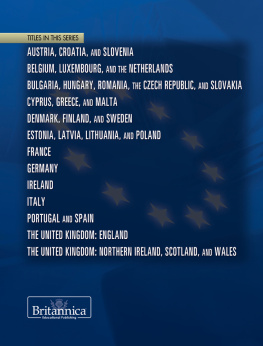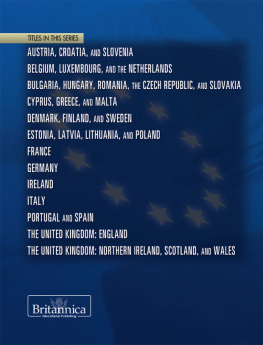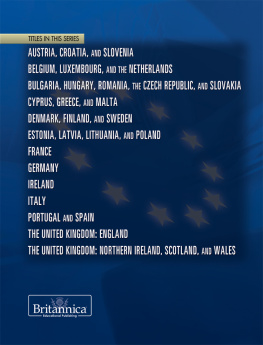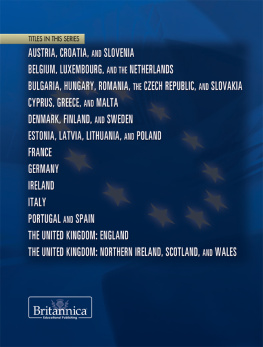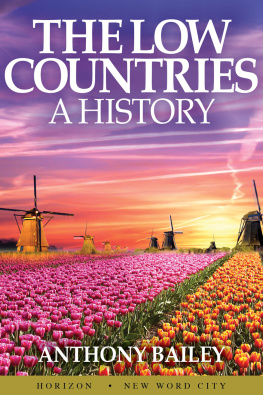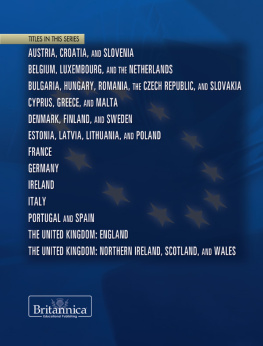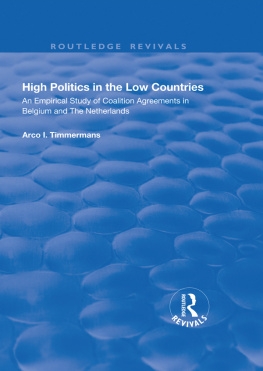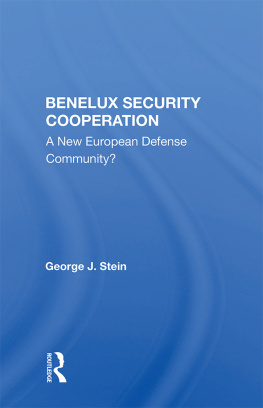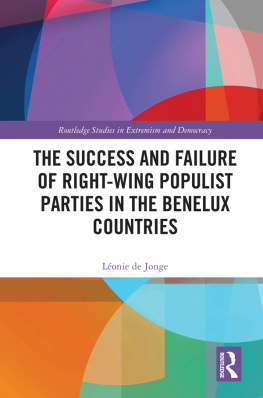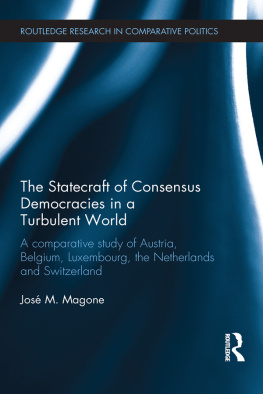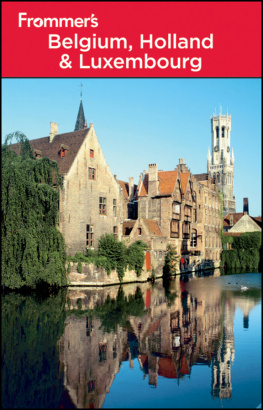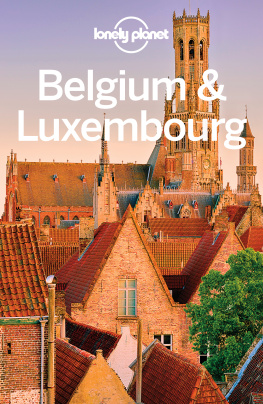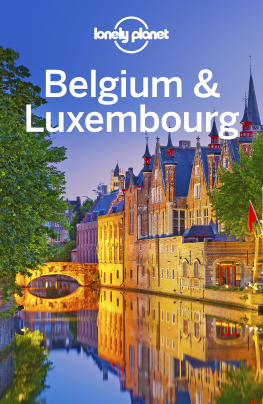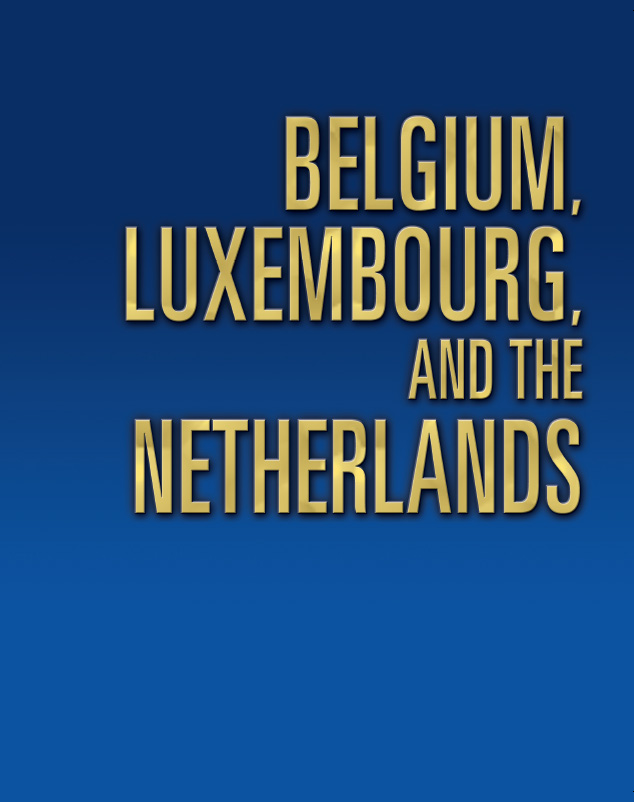

Published in 2014 by Britannica Educational Publishing
(a trademark of Encyclopdia Britannica, Inc.)
in association with Rosen Educational Services, LLC
29 East 21st Street, New York, NY 10010.
Copyright 2014 Encyclopdia Britannica, Inc. Britannica, Encyclopdia Britannica, and the Thistle logo are registered trademarks of Encyclopdia Britannica, Inc. All rights reserved.
Rosen Educational Services materials copyright 2014 Rosen Educational Services, LLC. All rights reserved.
Distributed exclusively by Rosen Educational Services.
For a listing of additional Britannica Educational Publishing titles, call toll free (800) 237-9932.
First Edition
Britannica Educational Publishing
J.E. Luebering, Senior Manager
Adam Augustyn, Assistant Manager
Marilyn L. Barton: Senior Coordinator, Production Control
Steven Bosco: Director, Editorial Technologies
Lisa S. Braucher: Senior Producer and Data Editor
Yvette Charboneau: Senior Copy Editor
Kathy Nakamura: Manager, Media Acquisition
Jeff Wallenfeldt, Manager, Geography and History
Rosen Educational Services
Nicholas Croce: Editor
Nelson S: Art Director
Cindy Reiman: Photography Manager
Karen Huang: Photo Researcher
Brian Garvey: Designer, Cover Design
Introduction by Alexandra Hanson-Harding
Library of Congress Cataloging-in-Publication Data
Belgium, Luxembourg, and the Netherlands/edited by Jeff Wallenfeldt. 1st ed.
p. cm.(The Britannica guide to countries of the European Union)
In association with Britannica Educational Publishing, Rosen Educational Services.
Includes bibliographical references and index.
ISBN 978-1-61530-979-5 (eBook)
1. Benelux countriesHistory. I. Wallenfeldt, Jeff.
DH107.B45 2014
949.2dc23
2012035289
On the Cover: A composite image of the European Parliament building and a statue that stands on its grounds in Brussels, Belgium. Georges Gobet/AFP/Getty Images (Parliament), Mark Renders/Getty Images (statue)
Cover, p. iii (map and stars), back cover, multiple interior pages (stars) iStockphoto.com/pop_jop; cover, multiple interior pages (background graphic) Mina De La O/Digital Vision/Getty Images
CONTENTS
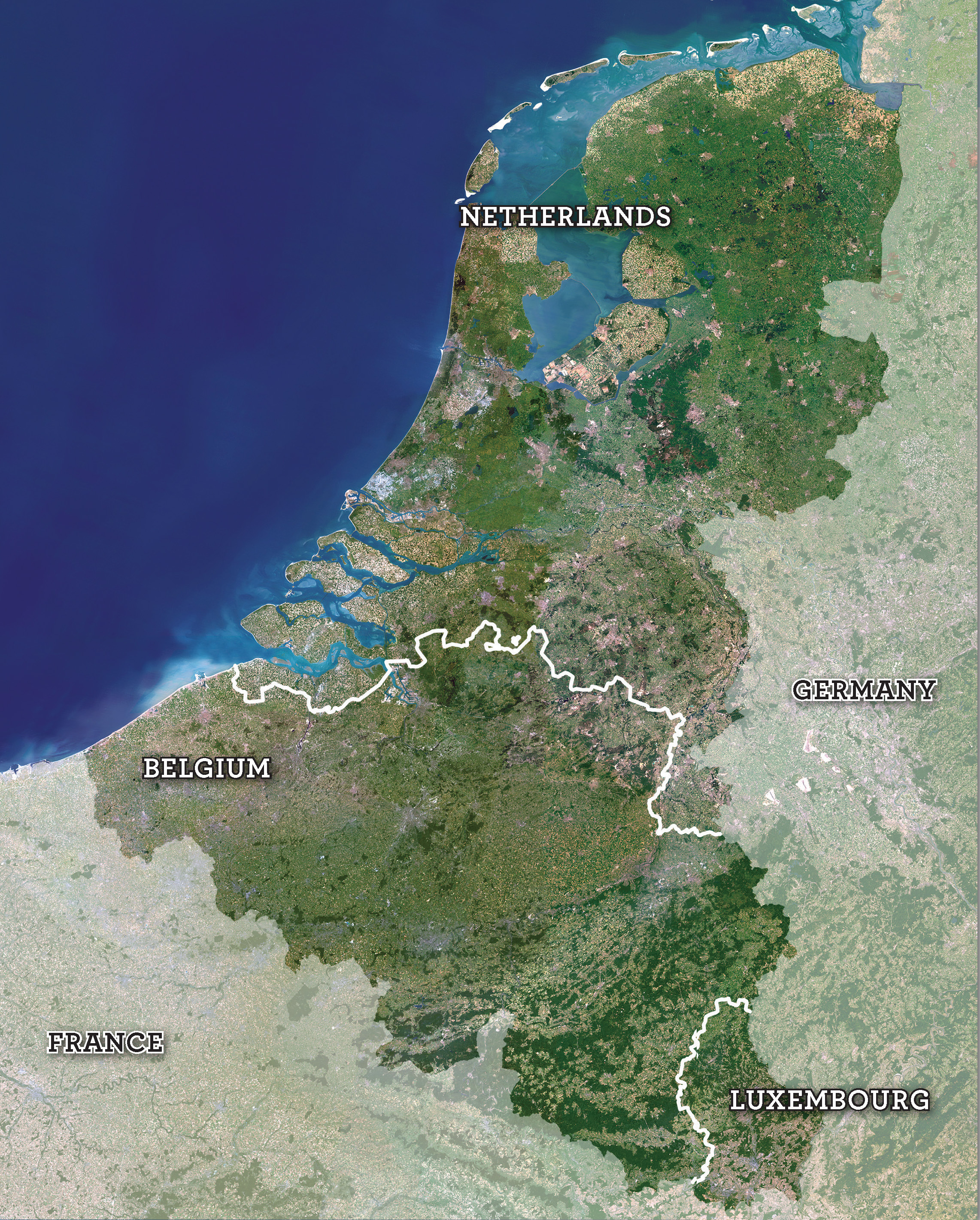
Satellite image of Belgium, Luxembourg, and the Netherlands. Universal Image Group/Getty Images
W hat might one recall when thinking of Belgium, Luxembourg, and the Netherlands? Rich Belgian chocolate? Windmills and wooden shoes? Colourful tulip fields? That Luxembourg is one of the worlds smallest countries? Or that the three countries were the signatories of the Benelux Treaty in 1948, which promoted free movement of goods and workers and was a model for the creation of the European Union (EU)? Readers might know that these modern, prosperous countries have an outsized influence for their small size. This volume explains why.
For much of their histories, the Low CountriesBelgium, Luxembourg and the Netherlandswere controlled by empires. Yet each country developed its own culture long before its independence. Early hints of human life in the Low Countries include burial mounds made of 164-foot (50-metre) stone blocks from the late Neolithic Period (3300-2900 BCE). Starting in the 1st century BCE, the Romans conquered these lands and built an extensive road network for trade. However, in the 400s CE, the Low Countries were invaded by Germanic tribes. Eventually, they became part of the Frankish empire. After the empires greatest emperor, Charlemagne, died in 814, the Vikings spread destruction in the region until about 900, prompting the fortification of towns and monasteries.
By 925, much of the Low Countries in effect had become provinces that owed allegiance to the Germanic Holy Roman Empire. Although French and English influence grew in the 13th century, increasingly independent principalities arose in the region. By this time, Flanders, which would become part of Belgium, had become renowned for its tapestries. Markets were set up to help merchants from around Europe to buy these products. Soon, Flanders had the first large export industry in northern Europe and tradespeople established guilds to establish prices, set quality standards, and promote their interests with local governments.
As early as the 1st century CE Lowlanders built the first dikes on the coast and inland to tame the regions flat, marshy, flood-prone land. Because the fragile dikes could be damaged by storms or animals, water authorities were formed in the 13th century to maintain them. This gave local communities the opportunity to practice self-government. This sense of community would eventually help bring the Lowlanders a sense of independence from the larger empires and dynasties that dominated them.
In time, by conquest and marriage, the Low Countries were ruled by Philip III, duke of Burgundy. Philip the Good, as he was known, worked hard to build political consensus while respecting each provinces individuality. Burgundians ruled these lands until, eventually, the fanatical Catholic King Philip II of the Spanish Habsburg empire inherited them in 1555. He opposed the new Protestantism that had taken hold in the northern Netherlands. This led to resistance led by William, prince of Orange.
In 1579, the Protestant provinces signed the Union of Utrecht, which effectively established the United Provinces of the Netherlands and indicated that they would fight Spains power. William wanted the Netherlands under the protection of foreign figureheads, whose rule would be limited. Eventually, however, these rulers became tyrants, and in 1587, the United Provinces gave up trying to get foreign protection and started to form a new, independent government. Although predominantly Catholic Belgium and Luxembourg would remain under Spanish control, the Netherlands took its first real step in becoming a nation.
Today, the Kingdom of the Netherlands is a constitutional monarchy, led by Queen Beatrix. But her power is only ceremonialthe prime minister and parliament do the real work of government. The Netherlands capital is Amsterdam, but its seat of government is The Hague, which is also home to the United Nations International Court of Justice. Although the Netherlands is located in northwestern Europe, the kingdom also includes some autonomous states and special municipalities in the Lesser Antilles. In addition to the EU, the Netherlands is a member of Benelux, the North Atlantic Treaty Organization (NATO), and the United Nations.
The Netherlands is known for its tulip bulbs, but its economy is based much more on transportation, trade, banking, and business. Dutch ships handle about two-fifths of the EUs freight transport by water. More important, however, the Dutch have for centuries been great traders. The Amsterdam Stock Exchange, one of the oldest in the world, started in the 1600s.
Despite endless conflicts, such as a war with Spain that only ended with the recognition of the Netherlands independence in 1648, the determined Dutch managed to carry on trade, dike building, creating export products, and exploring. The years 16091713 are considered the Golden Age of the Netherlands, which became an imperial powerhouse through trade and exploration. Through the Dutch East India Companys colonization of Indonesia and other islands in the East Indies, the Netherlands became the Wests main supplier of spices and other exotic goods. The Dutch West India Company focused on piracy and the slave trade. Trade allowed Dutch society to become wealthy, and some of that wealth helped to support some of the worlds greatest artists, including Rembrandt van Rijn, creator of the group portrait

